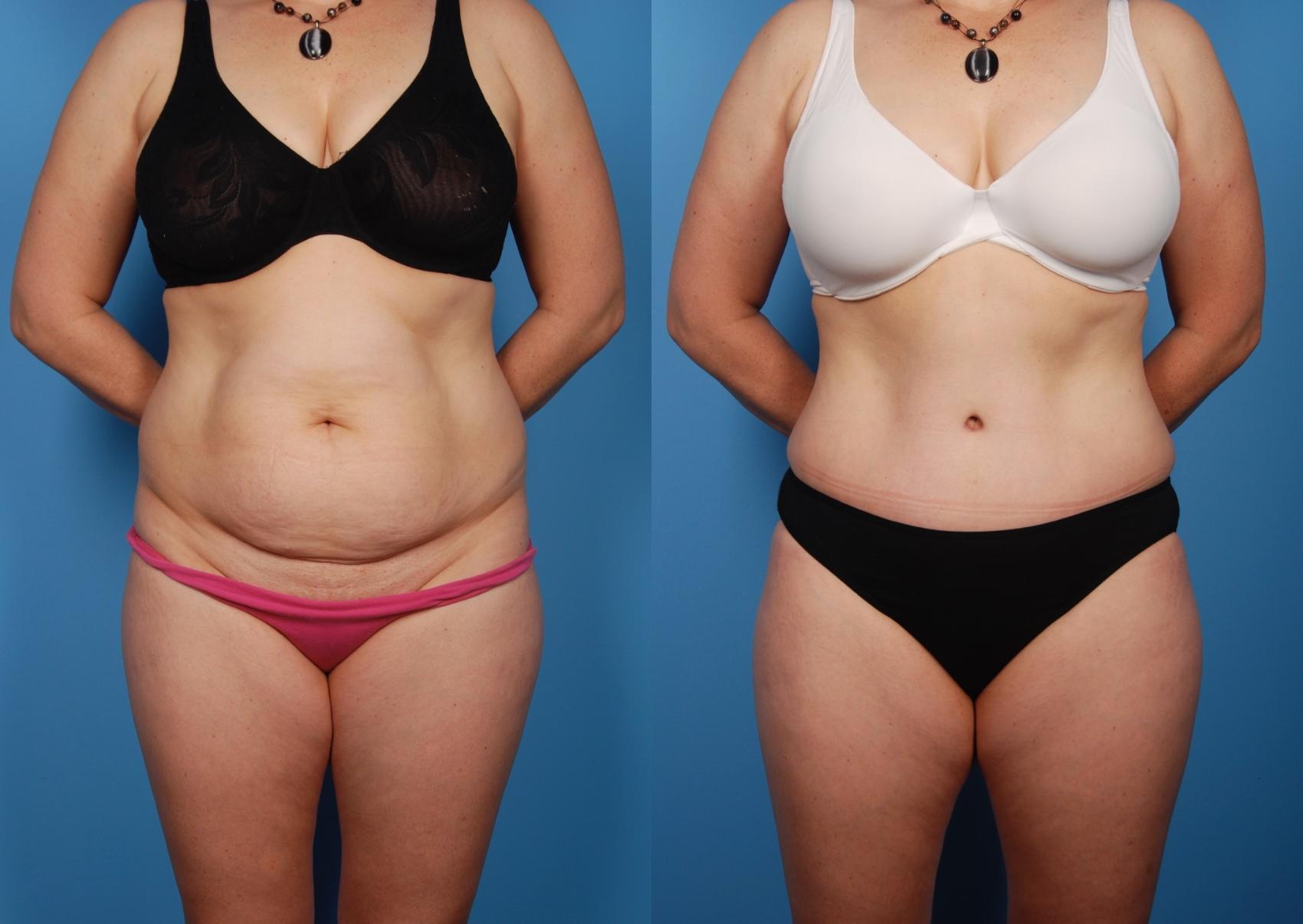You might have read about drains during your tummy tuck research. Tummy tucks are popular for creating a flatter abdominal area, along with a couple of other interesting perks. But the surgery is also well-known for another reason: a longer recovery time than many other plastic surgery procedures.
Surgical drains serve an important purpose during your recovery after a tummy tuck. When talking with tummy tuck patients at my Toronto and Oshawa practices, I often answer a few common questions regarding drains and recovery.
What are drains?
Drains remove fluid that may accumulate in the space between the stomach skin and core muscles. Plastic surgeons create this space during a tummy tuck to tighten the underlying abdominal area. Fluid would naturally accumulate in this space without drains, posing a risk of infection. During recovery, it is important to manage this swelling. If the fluid is left unattended, it can harden and form a lumpy, cyst-like wall. Drains help ensure your skin properly seals back to the muscle and produces a soft, flattering midsection.
How do I clean my drains?
You should check your drains twice daily and record the fluid output. This allows your surgeon to track the amount of swelling. It is also important to occasionally inspect your drains for clots. If a clot is found, simply squeeze or pinch it towards the drain’s exit. If you are ever unsure or have any questions, be sure to ask your surgeon for drain-cleaning advice.
How long do tummy tuck drains stay in?
Drains are usually left in for at least a week or longer, depending on the extent of swelling. The surgeon might remove them earlier if they are not draining much fluid. However, if you experience a lot of swelling, they will be left in place for longer.
Everyone heals differently after a tummy tuck. Your surgeon examines the amount of fluid from your drains to determine if you’re ready for drain removal.
How are the drains removed?
Surgeons typically place drains in a small incision above your genital area, where they are held tightly in place with small stitches or tape. During removal, the surgeon cuts these placeholders and gently removes the tube. Local anesthesia is usually not needed, and there is rarely any pain.
While some patients request a “no-drain” option, drains are the most effective way to reduce swelling and minimize the risk of complications. Please have an in-depth conversation with a Royal College-certified plastic surgeon to find the best option for you.
A tummy tuck results is a transformative procedure that can boost your self-confidence. Surgical drains are a temporary annoyance that help ensure you have a safe recovery. If you have any other questions or concerns, request a consultation using the online form or call (416) 925-7337 to schedule an appointment.






Leave a Reply